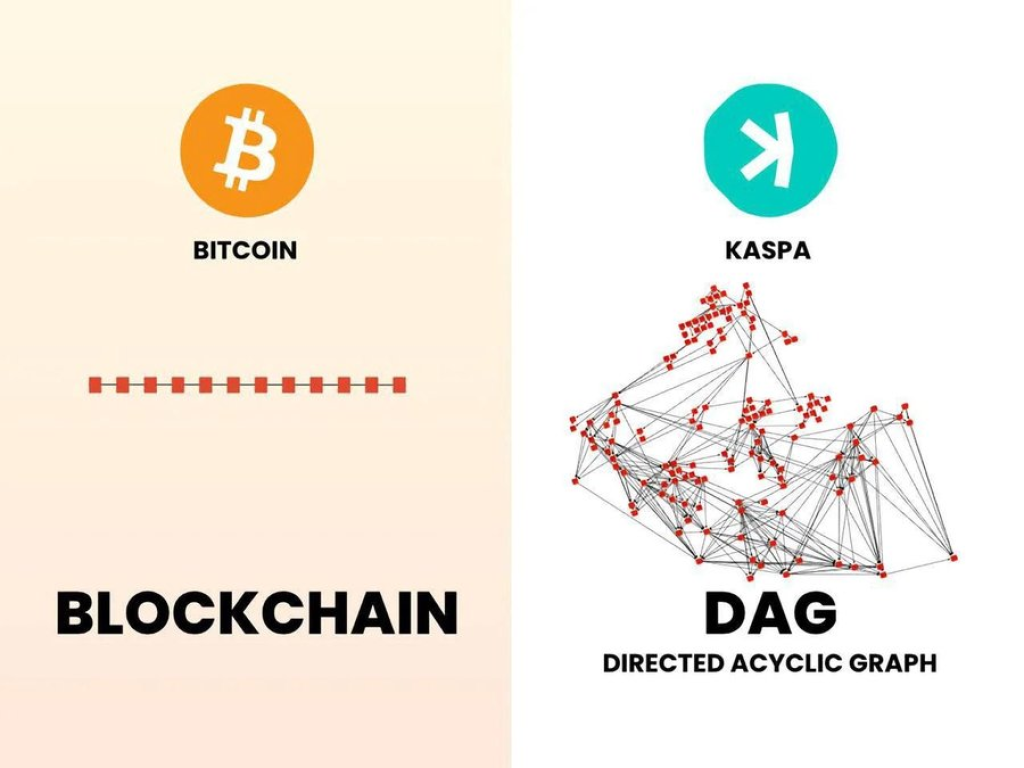Pi Network has gained significant traction since its launch, attracting attention from both notable exchanges and influential figures. As more users join the ecosystem, discussions about its potential compared to other cryptocurrencies continue to emerge.
In this context, an analyst known as Saint on X has shared insights into why Kaspa may hold key advantages over the Pi token. Below, we explore the analyst’s reasoning in detail.
A Community-Centric Approach
Kaspa is entirely community-driven. Unlike many cryptocurrencies, including Pi, which often involve pre-mining, venture capital funding, or ICOs, Kaspa was launched with a fair distribution model. This ensured that no early investors or developers had privileged access before the public.
The fair launch of KAS promotes a more decentralized ownership structure, preventing wealth concentration in the hands of a few. This equitable distribution fosters a dedicated and engaged community that prioritizes long-term growth.
Proof-of-Work and Fair Launch
The method by which a cryptocurrency is introduced plays a crucial role in its success. Kaspa employs a proof-of-work consensus mechanism, meaning new coins are generated through mining rather than being pre-allocated.
This mining-based system ensures that tokens are earned through computational effort, distributing control across a global network of miners. Such decentralization enhances security and reduces the risk of manipulation by any single entity.

High-Speed Transactions
One of Kaspa’s standout features is its rapid transaction processing. Utilizing blockDAG technology, Kaspa can confirm transactions significantly faster than conventional blockchain networks.
Unlike Bitcoin, which processes blocks sequentially, Kaspa allows multiple blocks to be confirmed simultaneously. This results in near-instant transaction finality, making it highly practical for everyday transactions.
Low Fees and Scalability
Transaction costs are a major concern for cryptocurrency users. Kaspa addresses this by maintaining minimal fees, ensuring that even small transactions remain cost-effective.
Additionally, Kaspa’s architecture is designed for scalability. Many blockchain networks experience slowdowns and increased fees as user activity rises, but Kaspa’s structure allows it to accommodate growing demand while maintaining efficiency.
Read Also: Expert Who Predicted Bitcoin (BTC) Last Bull Run Calls Rally to $120K—When to Buy the Dip
Smart Contracts in Development
Currently, Kaspa functions primarily as a digital currency, but plans are underway to introduce smart contract capabilities. This upgrade will enable automated transactions and agreements without intermediaries.
Once implemented, smart contracts will expand Kaspa’s utility, allowing developers to create decentralized applications, financial tools, and even blockchain-based games. This evolution will position Kaspa as more than just a currency—it will become a full-fledged blockchain platform.
A Digital Commodity with Energy-Backed Value
Kaspa positions itself as a digital commodity, similar to Bitcoin. Its value is partially derived from the energy expended during the mining process, establishing a tangible link to real-world resources.
This classification as a commodity is significant because it reduces reliance on centralized entities making speculative promises. Instead, Kaspa’s worth is determined by its functionality and the computational power required to sustain it, potentially shielding it from certain regulatory challenges.
Read Also:
Source: captainaltcoin.com
